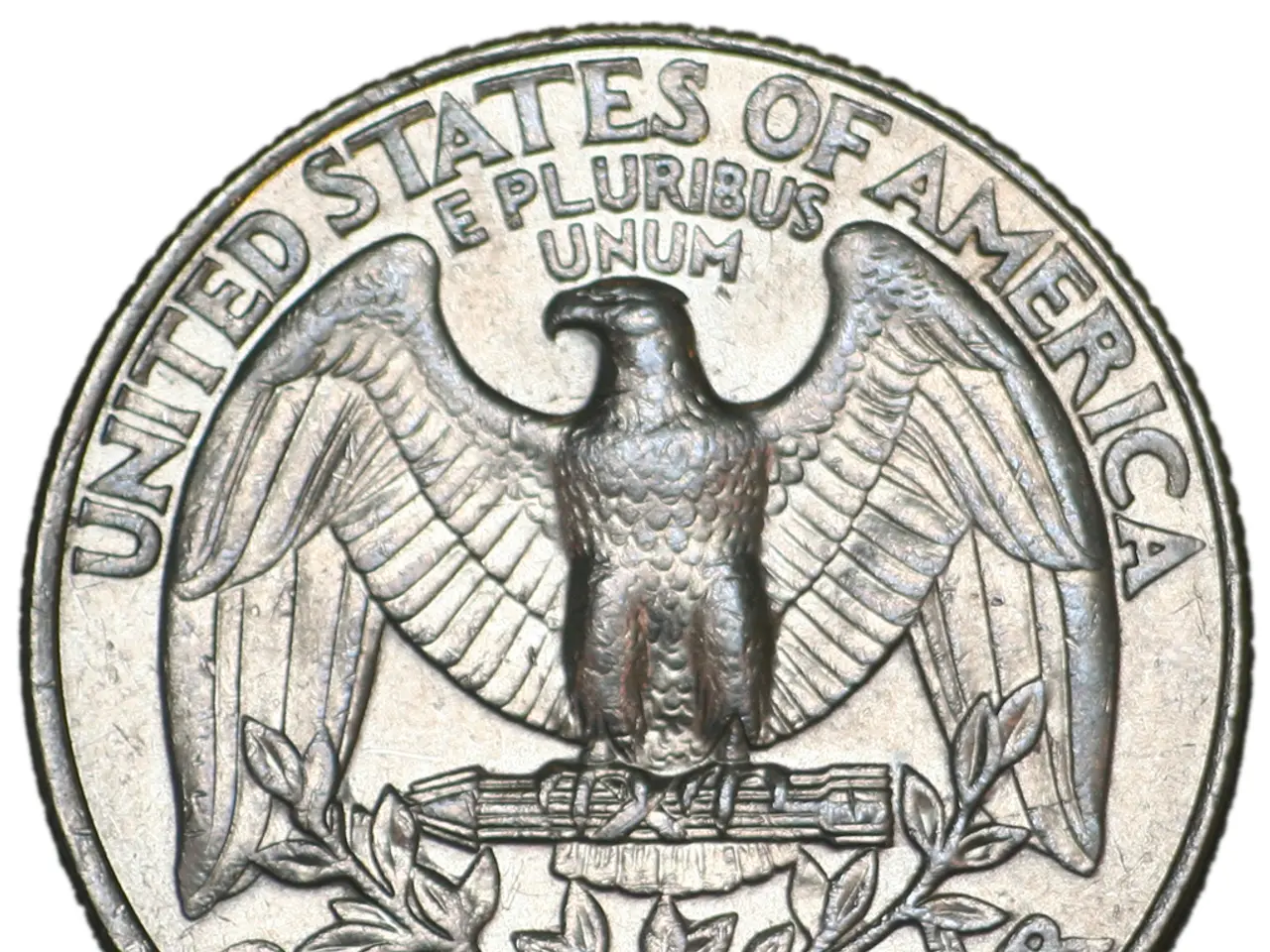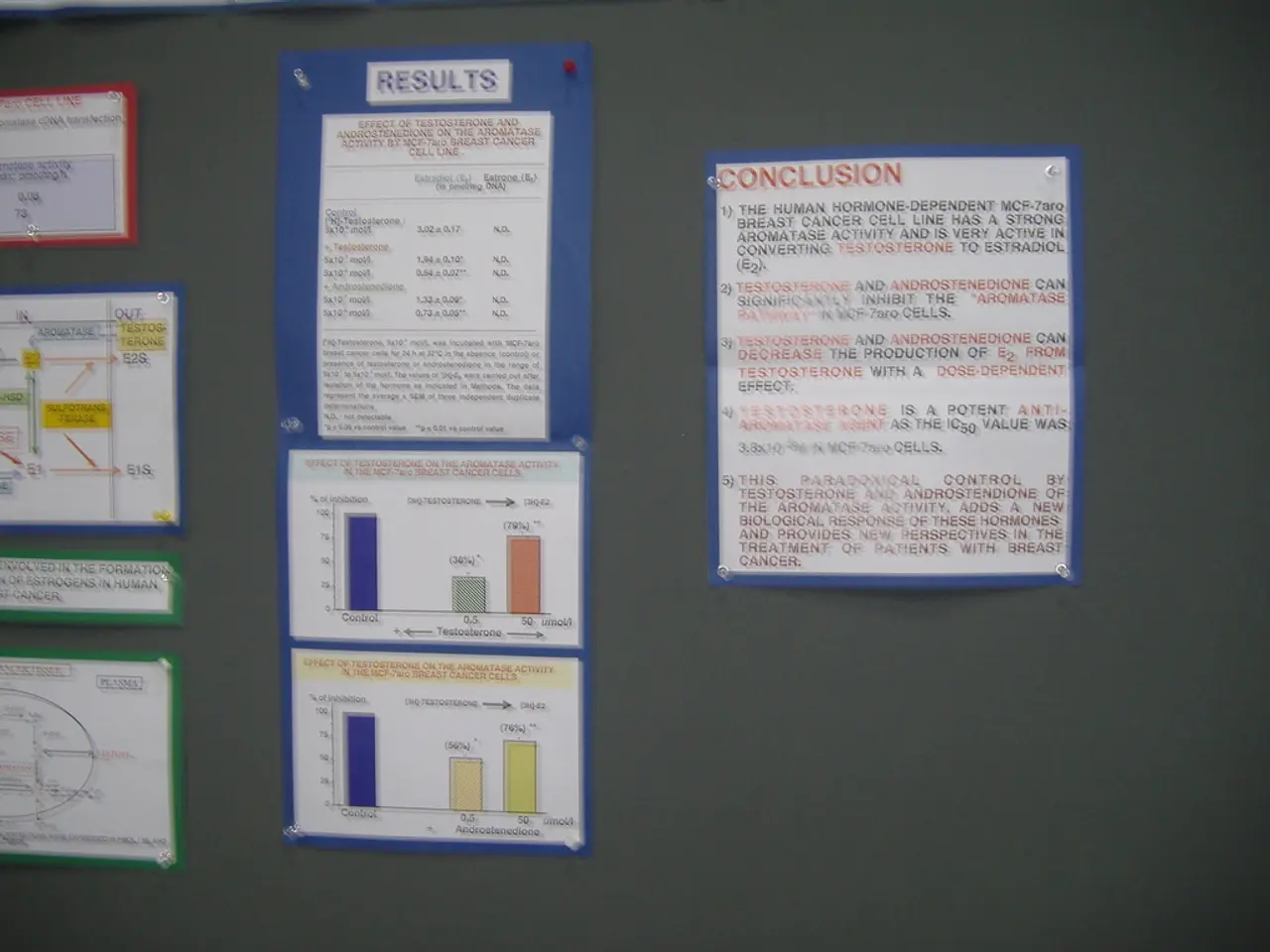U.S.-bound textile exports from Tamil Nadu momentarily halted; cautious approach preferred by certain manufacturers
50% US Tariff on Tiruppur Textile Exports: Industry Braces for Impact
The textile industry in Tiruppur, Tamil Nadu, is grappling with the significant fallout of a 50% tariff imposed on textile and garment exports to the United States. The new tariff, announced by the US on August 6 and effective from August 27, has sent shockwaves through the industry, with many garment manufacturers halting production and facing the prospect of lost orders, threatened jobs, and revenue declines.
The tariff, implemented in two phases, has cumulatively raised import duties from 25% to 50%, citing geopolitical reasons including India's continued purchase of Russian oil. This move has put Tiruppur's exporters, known for producing high-quality knitwear supplying major global brands, in a critical situation.
Industry leaders report a "crisis" for standalone exporters who feel like they have been put "in a coma" due to these added costs. The steep tariff increase has already caused US buyers to halt or put on hold existing textile orders from Tiruppur, affecting production schedules and cash flow.
The tariff environment threatens Tiruppur's export competitiveness as orders may relocate to countries with lower tariffs, potentially resulting in long-term market share loss for India. The price increase for clothing and textiles in the US market due to tariffs is substantial, with apparel prices rising around 37% in the short term and remaining about 18% higher long term, reducing demand for Indian goods.
The overall economic effect is considerable, with exporters facing substantial revenue declines and potential GDP impact; some estimates warn of a $50 billion export hit across affected sectors including textiles. In a year, garment exports to the American market constitute roughly ₹12,000 crore, which is 30% of the total annual exports from Tiruppur and nearby regions. Some exporters expect at least 50% of this business to be impacted due to the new tariffs.
In the face of these challenges, the industry is considering shifting exports to other countries as a potential solution to the impact of the tariffs. Another industry veteran expects a shift of exports to other countries to offset the expected loss of ₹6,000 crore worth US market business.
The US market, which constitutes roughly 30% of the total annual exports from Tiruppur and nearby regions, is expected to be significantly impacted by the new tariffs. Some garment manufacturers, who export to the US market, have halted production at their facilities.
However, there is a glimmer of hope for the industry. The signing of the Free Trade Agreement with the United Kingdom presents a good opportunity for the industry to export to that market. The sector faces urgent challenges to diversify markets and reduce dependence on US demand amid this tariff regime.
- The textile industry in Tiruppur, Tamil Nadu, is facing a crisis due to the 50% tariff on textile and garment exports to the United States, which has halted production and threatened jobs and revenue declines.
- Many industry leaders believe that the steep tariff increase has put standalone exporters in a critical situation, as orders may relocate to countries with lower tariffs, potentially resulting in long-term market share loss for India.
- The tariff environment threatens Tiruppur's export competitiveness, and the industry is considering shifting exports to other countries as a potential solution to the impact of the tariffs.
- The US buyers have already halted or put on hold existing textile orders from Tiruppur, causing production schedules disruptions and cash flow problems.
- The price increase for clothing and textiles in the US market due to tariffs is substantial, with apparel prices rising around 37% in the short term and remaining about 18% higher long term, reducing demand for Indian goods.
- The overall economic impact of the tariffs is considerable, with exporters facing substantial revenue declines and potential GDP impact; some estimates warn of a $50 billion export hit across affected sectors, including textiles.
- The signing of the Free Trade Agreement with the United Kingdom presents a good opportunity for the Tiruppur industry to export to that market, and the sector faces an urgent need to diversify markets and reduce dependence on US demand amid this tariff regime.




